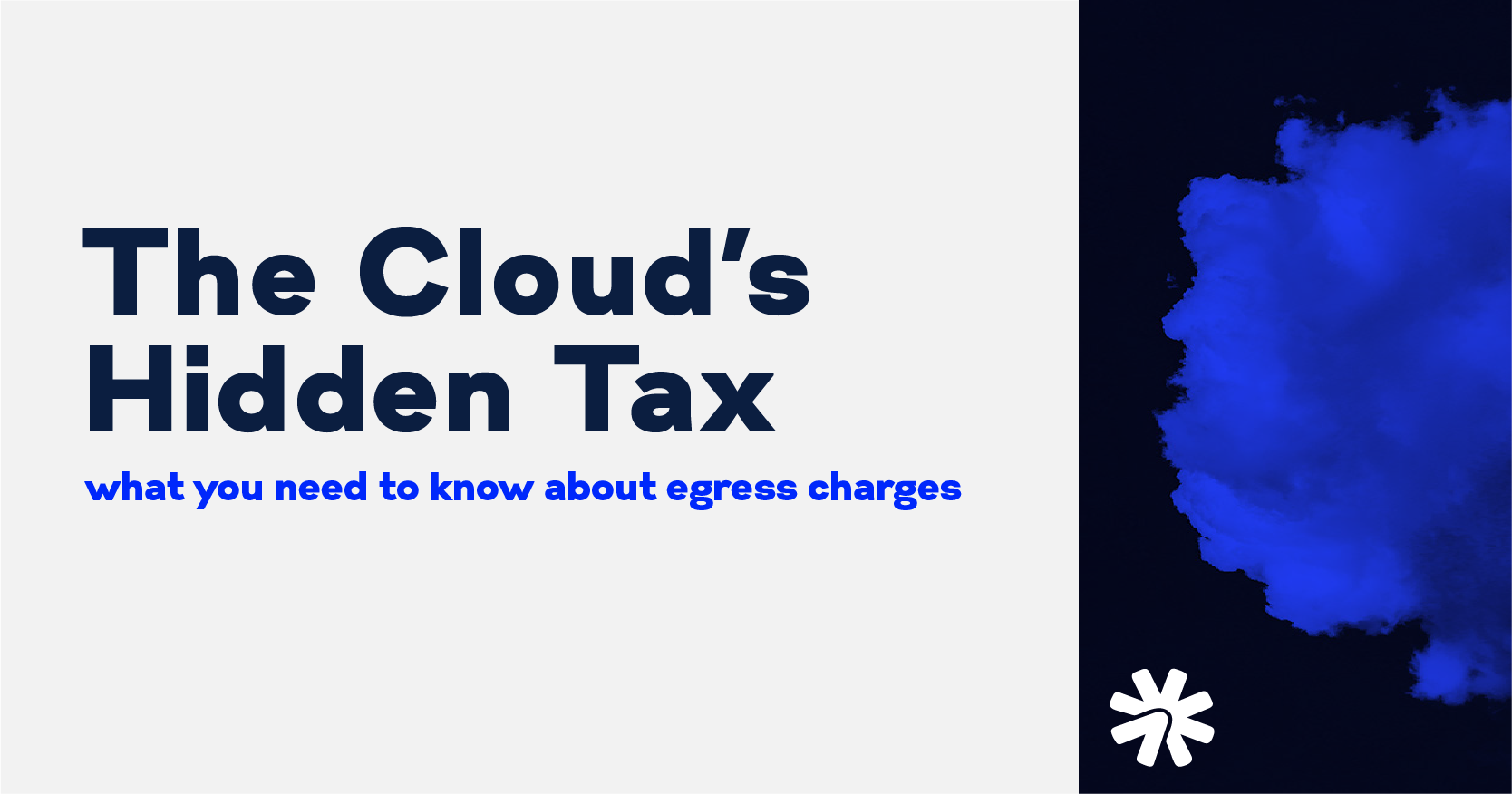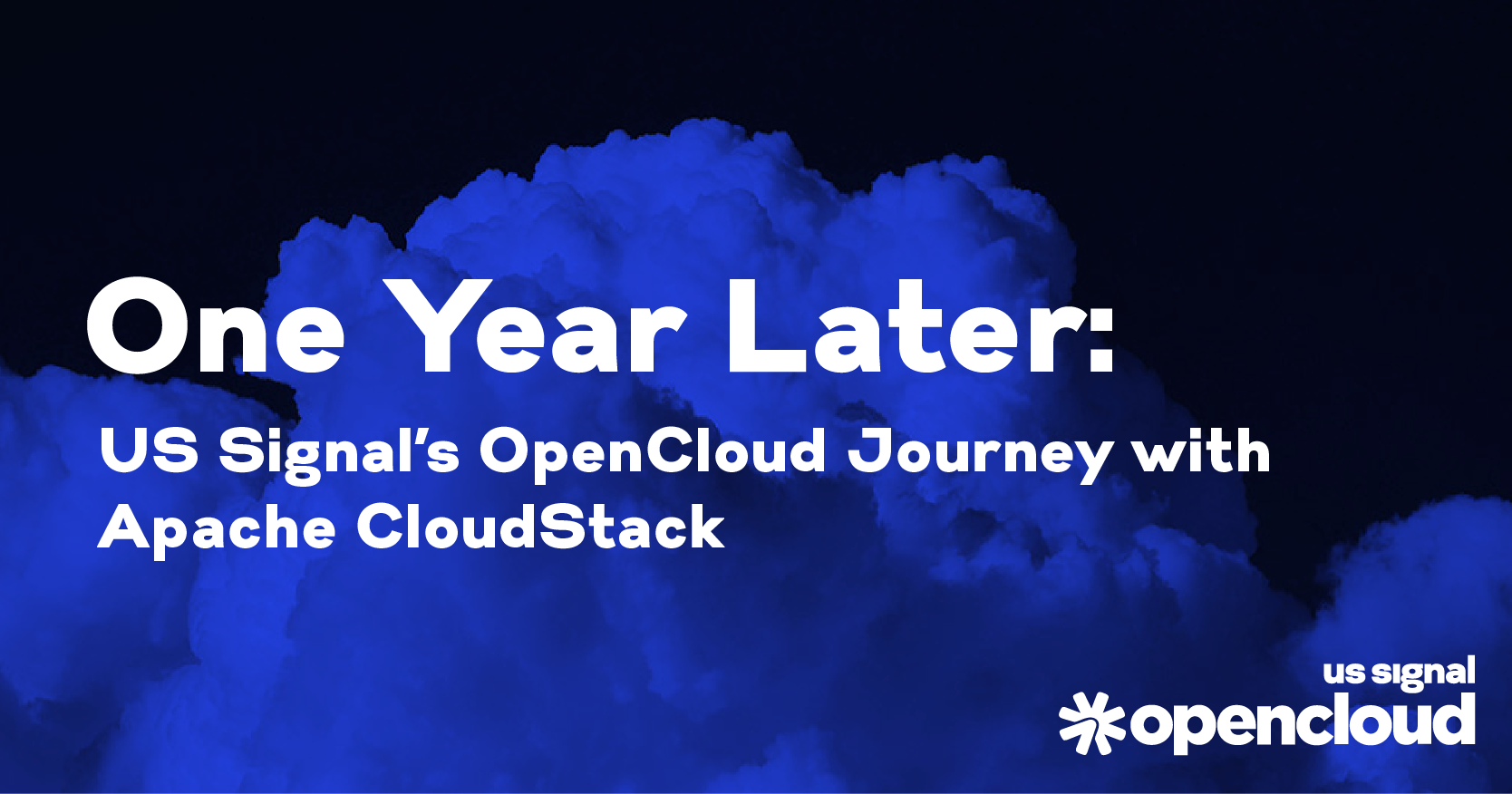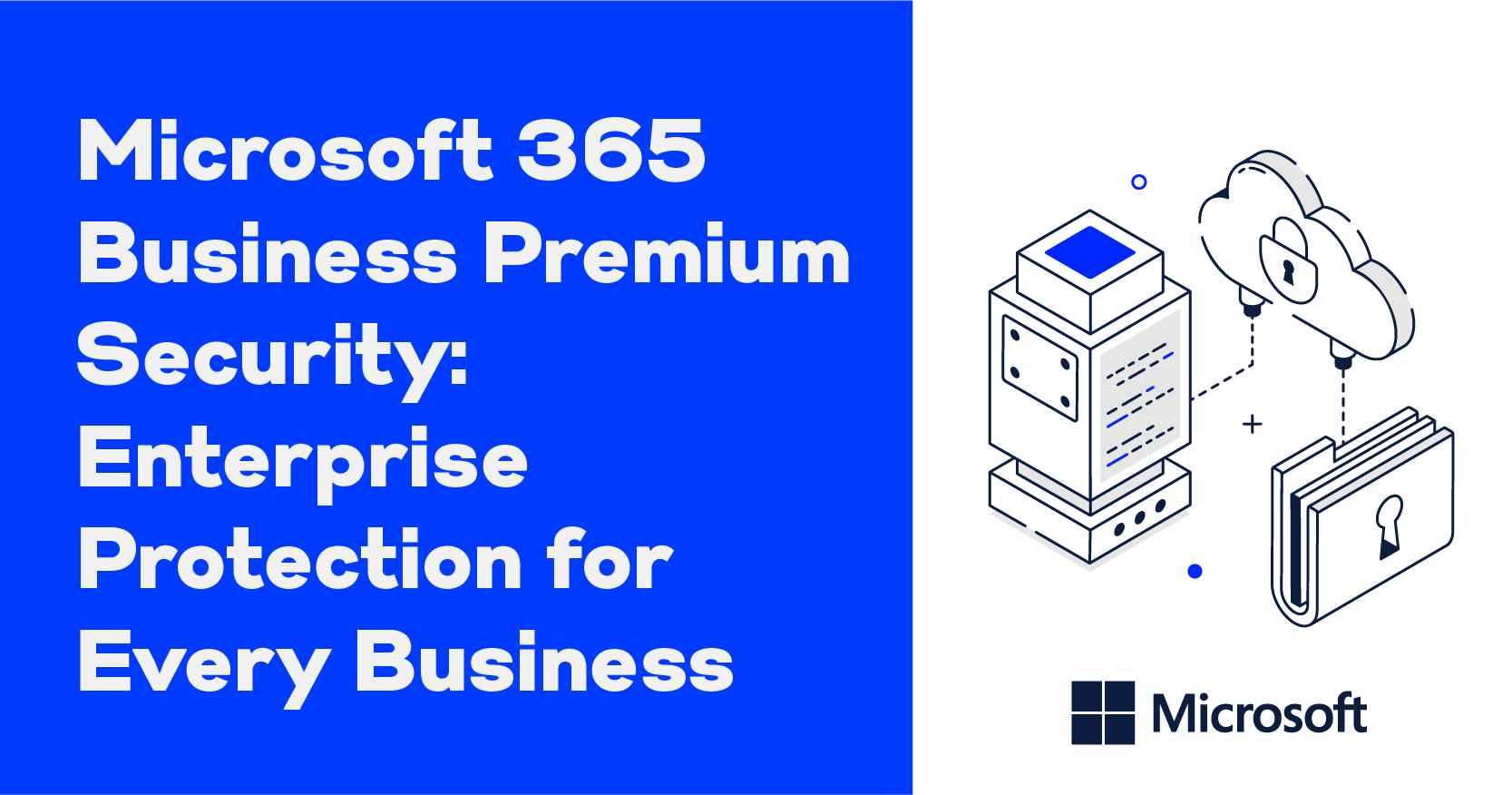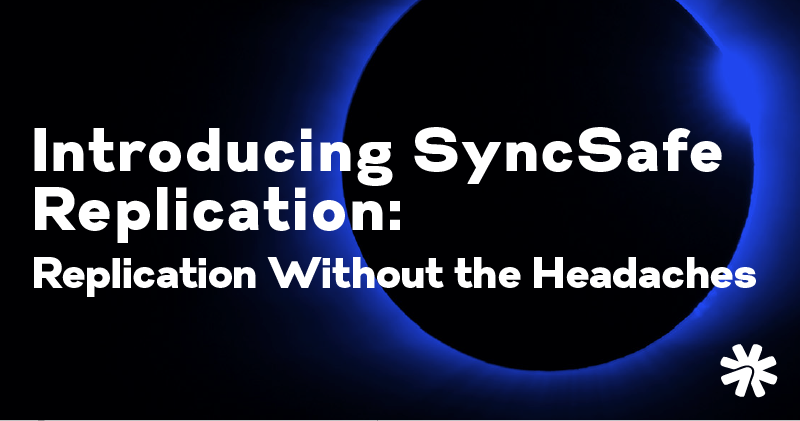The Cloud’s Hidden Tax: What You Need to Know About Egress Charges

When you think about public cloud costs, what comes to mind? Probably storage, compute, maybe even licensing. But there’s one line item that often flies under the radar until it’s too late: egress charges.
These fees, sometimes called the “cloud tax,” are what public cloud providers charge when you move data out of their cloud. Whether you’re backing up data to another platform, supporting a DR strategy, or just trying to retrieve your own files, you’re likely paying for it. Every gigabyte that exits the provider’s network can cost you, and those charges add up fast.
To understand just how much egress fees can vary and how quickly they add up, take a look at the egress charges from several major cloud providers:
| Cloud Provider | Egress Pricing (per GB) | Free Tier/Notes |
| Amazon Web Services (AWS) | $0.09 for first 10 TB/month, $0.085 for next 40 TB, $0.07 for next 100 TB, $0.05 for over 150 TB | Free egress for first 100 GB/month; free 60-day egress window for account closure |
| Microsoft Azure | $0.087 for first 5 TB/month, $0.083 for next 45 TB, $0.07 for next 100 TB, $0.05 for over 150 TB | First 100 GB/month free globally |
| Google Cloud Platform (GCP) | $0.12 for first 1 TB/month, $0.11 for next 9 TB, $0.08 for over 10 TB | Free egress to certain Google services; pricing varies by region |
| Oracle Cloud | $0.0085 per GB | Up to 10 TB/month free outbound data transfer |
| Backblaze B2 | $0.01 per GB | Free egress up to 3x monthly storage through CDN/compute partners |
*based on available information. Always check the provider’s official pricing page for the most accurate and up-to-date information.
Why Egress Charges Matter
Let’s say you’re backing up large datasets weekly or running an application that syncs between cloud regions or to an on-prem system. Each time data flows out, your bill increases. According to Gartner, egress fees can make up 10% to 15% of total cloud costs, and sometimes even more depending on usage patterns.
Because these charges are often usage-based and difficult to forecast, they make budgeting a challenge. A recent industry study found that 62% of IT leaders exceeded their cloud budgets, with unexpected egress fees being a top reason. This creates financial strain, delays projects, and complicates disaster recovery planning.
It’s Not Just About Cost. It’s About Control.
Egress charges can also create vendor lock-in. If moving your data to another cloud or back on-premises means facing a five-figure data transfer bill, it’s financially easier to stick with your current provider even if switching would improve performance or security. The result is less freedom, higher costs, and fewer strategic options.
How You Can Avoid the Cloud Tax
Your cloud strategy should be based on what’s right for your business, not hidden fees that inflate your budget or limit your flexibility. That’s why US Signal’s OpenCloud is a smarter alternative.
OpenCloud is our enterprise-grade Infrastructure as a Service (IaaS) platform built on open-source Apache CloudStack. It delivers the scalability and agility of public cloud with the control and predictability of a private environment. Unlike many traditional platforms, OpenCloud avoids costly licensing and eliminates egress fees. In some cases, it can cost up to 50% less than public cloud alternatives. It’s a smart choice for businesses looking to break away from vendor lock-in, especially those reevaluating their relationship with VMware. OpenCloud is flexible, cost-stable, and backed by US Signal’s hands-on support.
Frequently Asked Questions
Can egress charges impact my cloud budget?
Yes. According to industry data, over 60% of IT leaders exceed their cloud budgets due to unexpected costs like egress fees. These charges are often variable and hard to predict, making it challenging to maintain financial control.
Do egress fees lead to vendor lock-in?
They can. High egress costs often discourage organizations from moving data between providers or back on-premises. This restricts flexibility, even if another platform would offer better performance or cost efficiency.
How can I avoid paying egress charges?
Consider cloud platforms that don’t charge for egress, such as US Signal’s OpenCloud. OpenCloud offers enterprise-grade IaaS with no data transfer fees, helping you regain budget control and avoid vendor lock-in.
Is OpenCloud a good alternative to AWS, Azure, or VMware?
Yes. OpenCloud offers the scalability of public cloud with the predictability of a private solution. It’s ideal for businesses looking to reduce costs, eliminate egress fees, and maintain control over their infrastructure—especially those exploring VMware alternatives.
What industries are most affected by egress charges?
Industries with large datasets—such as healthcare, finance, media, and SaaS—often face the highest egress fees due to frequent backups, disaster recovery processes, or real-time data sharing.
How do I calculate potential egress fees for my business?
Start by assessing how often and how much data you transfer out of your current cloud provider. Multiply that by the per-GB rate listed in your provider’s pricing. Then compare it to solutions like US Signal OpenCloud that don’t charge for outbound data.
Final Thoughts
Egress charges might not be the first thing you think about when evaluating a cloud provider, but they can quickly become one of the most frustrating parts of your cloud bill.
Interested in learning more about US Signal’s egress-free OpenCloud solution? Contact us today for a free consultation.



